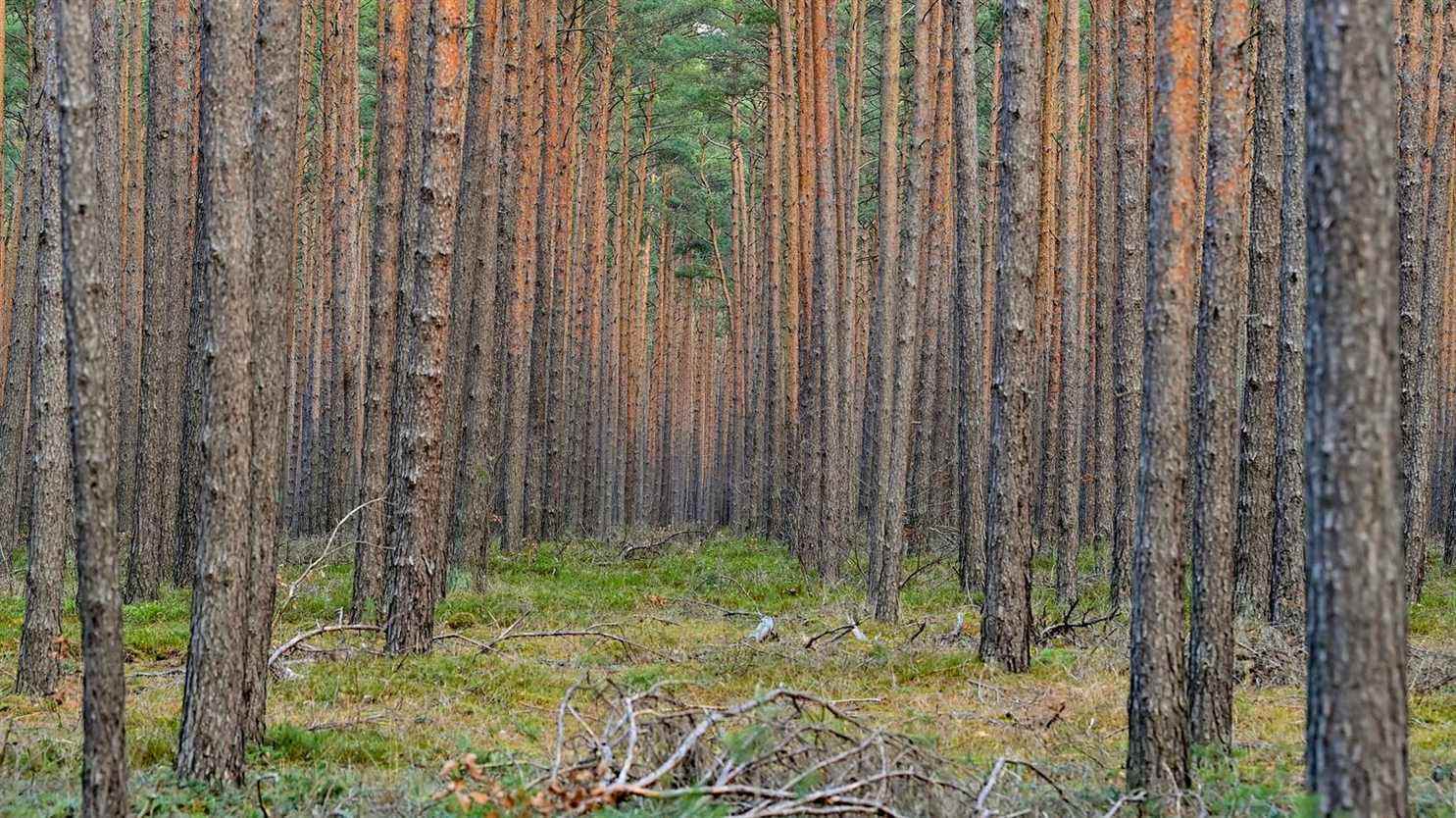According to an American study, our CO2 emissions are increasing faster than the capacity of forests, grasslands and wetlands to absorb it.

Posted
Reading time : 1 min.
Can we still count on nature to absorb the CO2 we emit? The question is asked by a study from the University of Berkeley, in the United States. American researchers find that over 20 years carbon dioxide emissions increase faster than the photosynthetic capacity of plants.
It is therefore one of the main weapons in the fight against global warming that we could lack and that is referred to by the term nature-based solutions (NBS). This consists of regenerating forests, meadows and wetlands to increase the storage capacity of CO2. We are currently breaking records for the concentration of carbon dioxide in the atmosphere. You have to go back at least three million years to measure such a level.
CO2 is a gas that stays in the air for centuries. But it is naturally captured by what are called natural reservoirs. To put it simply: 50% of what we emit is absorbed by two large lungs on the planet: the ocean and nature. By nature we designate forests, meadows, wetlands. They capture about a third of the releases, which is crucial in trying to contain the warming. But this function has its limits.
What the Berckley study shows is that the more CO2 we release, the more photosynthesis (absorption by plants) increases. It’s good news. But the bad news is that this remedial action is not keeping pace with carbon dioxide emissions. The researchers calculated that over 40 years, from 1982 to 2020, CO2 concentrations increased by 17% while photosynthesis only increased by 12%. This has been demonstrated in a study in which the French research institute for agriculture, food and the environment participated. “If there is a drought, for example, the plants cannot open their mouths wide and therefore let in the CO2”, explains Matthias Cuntz, research director at INRAE.
Nature has its limits. They were highlighted in the last IPCC report. If we keep the same rate of emissions, the CO2 storage capacity may decrease within 30 years. Natural reservoirs will be less efficient.
